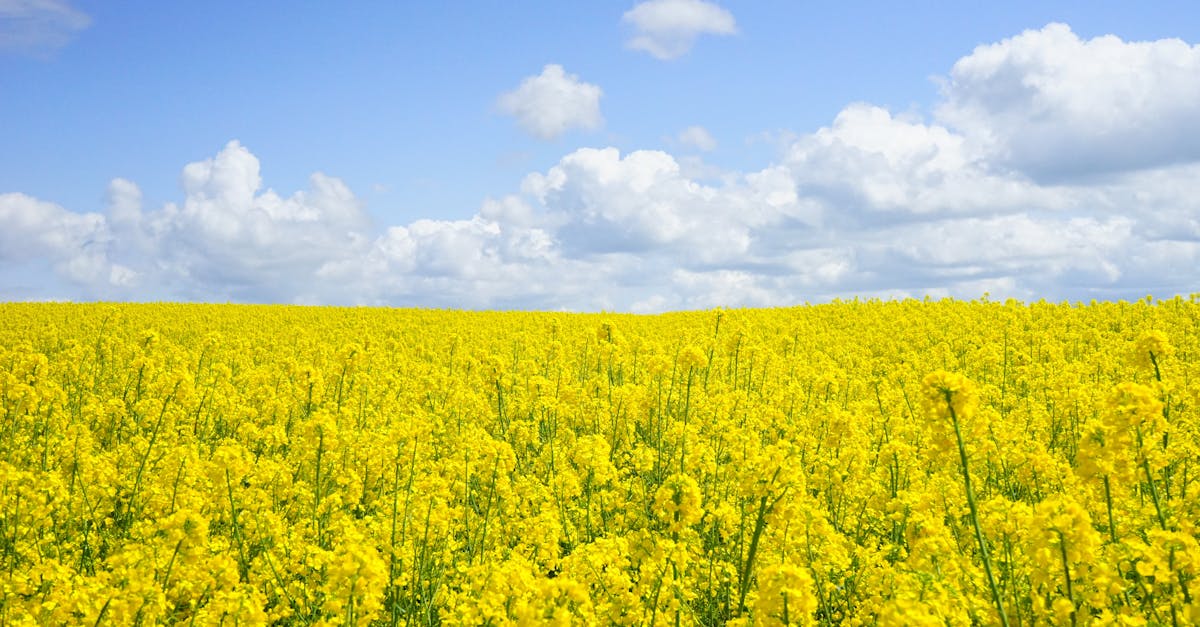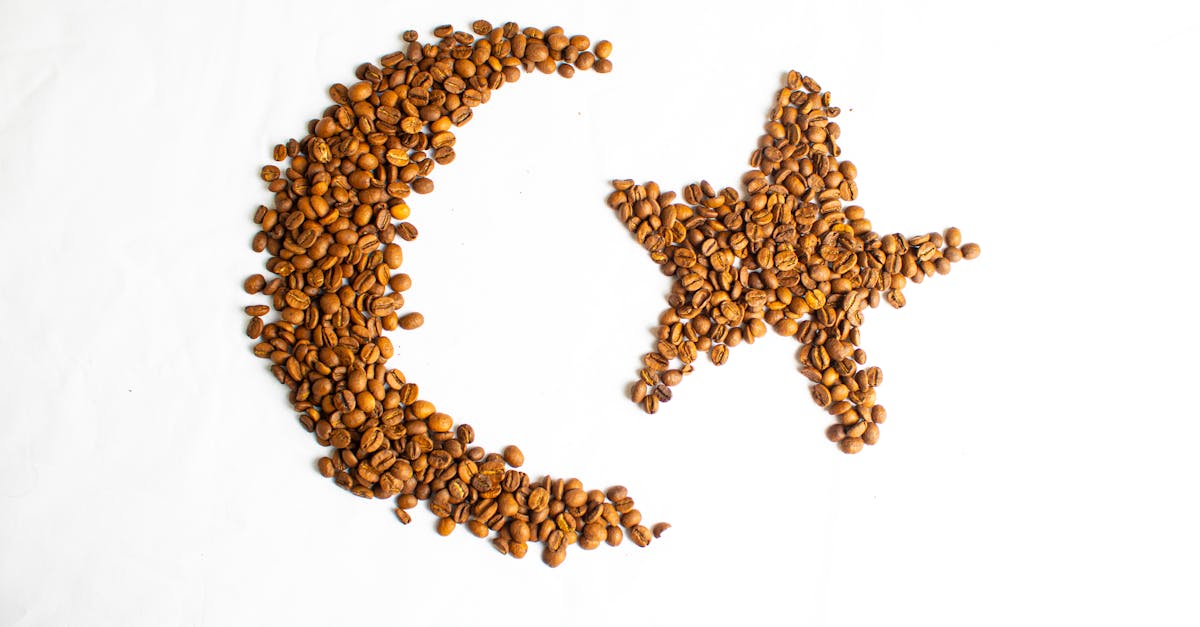If you’re looking to enhance your gardening game with the stunning star jasmine, you’re in the right place.
We’re diving into the art of caring for star jasmine plants, your ticket to a fragrant and vibrant garden oasis.
From planting tips to maintenance tricks, we’ve got you covered.
Let’s unlock the secrets to nurturing these beautiful blooms and creating a thriving outdoor sanctuary.
Key Takeaways
- Choose a sunny location with well-draining soil for optimal growth
- Water deeply but avoid making the soil soggy; fertilize with a balanced fertilizer in early spring
- Prune in late winter or early spring to maintain shape and health; use support structures for training
- Troubleshoot common issues like yellowing leaves, pest infestations, and wilting by adjusting watering and monitoring soil moisture

Choosing the Right Location
When choosing a spot for your star jasmine, opt for an area with full sunlight to promote blossom growth. We recommend selecting a well-draining location to prevent root rot. Ideally, plant your star jasmine near a fence or trellis for support.
If unsure, use an online gardening tool to determine the best spot. After all, this guide to selecting the perfect location can be quite handy.
Planting Star Jasmine
When Planting Star Jasmine, choose a sunny spot with well-draining soil. It loves the sun, but it can also thrive in partial shade. We recommend planting in the spring to give it time to establish before winter. Ensure the hole is twice as wide as the root ball and at the same level. Mixing organic matter like compost can enhance growth.
Don’t forget to water deeply after planting to help the roots settle in. Adding a layer of mulch can retain moisture and prevent weeds. If you need more tips, check out this guide on planting star jasmine.

Watering and Fertilizing Tips
When it comes to watering, keep the soil moist but not soggy, especially during the growth season. Check by inserting a finger into the soil; if it’s dry for the first inch, it’s time to water. After all to water deeply to encourage strong root growth. As for fertilizing, feed your star jasmine with a balanced fertilizer in early spring. Avoid fertilizing in late summer to prevent new growth that could be damaged by cooler temperatures.
For more detailed information on fertilizing, you can visit the Gardening Know How website for expert advice on feeding your star jasmine appropriately.
Pruning and Training Techniques
When it comes to pruning star jasmine, it’s important to maintain its health and shape. We recommend pruning in late winter or early spring to remove dead or damaged branches. This helps stimulate new growth and keeps the plant looking tidy.
For training techniques, consider using a support structure like a trellis or a fence to guide the growth of the vine. By gently tying the branches to the support, you can create a pleasing shape and encourage upward growth.
After all to regularly trim excess growth to prevent the vine from becoming unruly. By staying on top of pruning and training, you can ensure your star jasmine remains healthy and visually appealing.
For more detailed guidance on pruning and training techniques for star jasmine, you can visit the Royal Horticultural Society’s website.
- Prune in late winter or early spring
- Use a support structure like a trellis
- Regularly trim excess growth

Troubleshooting Common Issues
When caring for star jasmine, we may encounter some common problems. Here are a few issues you might face and how to address them:
- Yellowing Leaves: This could indicate overwatering. Ensure the soil drains well and adjust your watering schedule accordingly.
- Pest Infestations: Keep an eye out for spider mites or aphids. Prune affected areas and consider using a gentle insecticidal soap.
- Wilting or Drooping: Check the soil moisture levels. Wilting can be a sign of underwatering, so after all to water your star jasmine adequately.
For more in-depth troubleshooting tips, you can refer to resources from the University of California Statewide Integrated Pest Management Program and the American Society for the Prevention of Cruelty to Animals.
